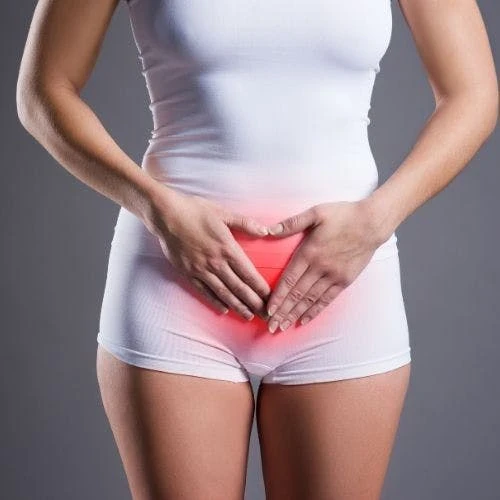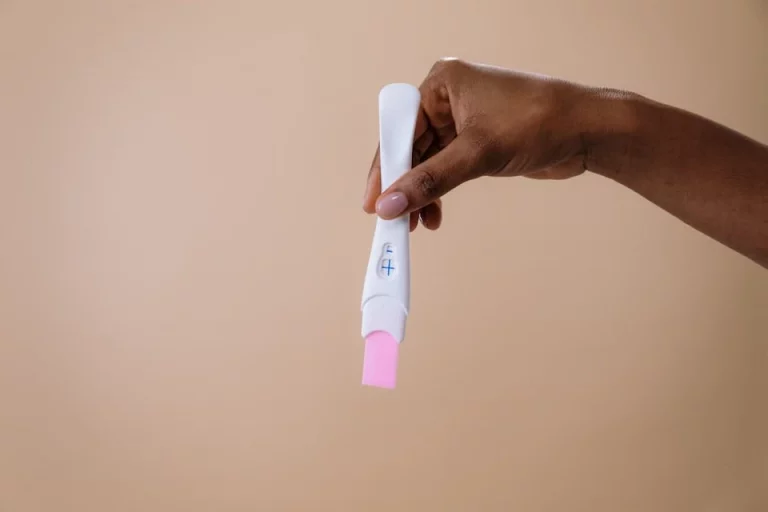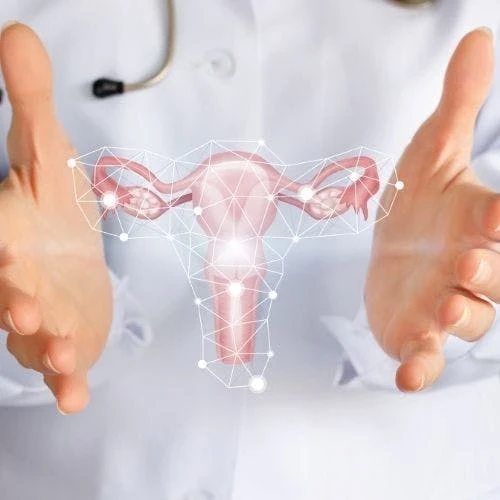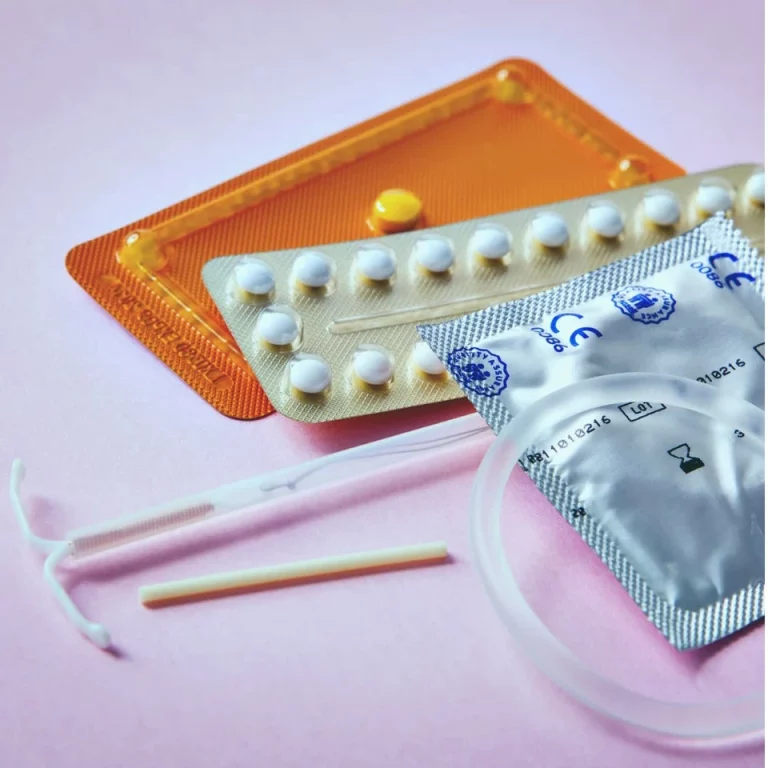Uterine Fibroid Embolization
Authors: Dr. Sumeet Bahl, Nikhita Yadlapalli
Medically Reviewed by Dr. Sumeet Bahl, Interventional Radiologist
Uterine fibroid embolization and uterine artery embolization are treatments often talked about by physicians but it is difficult to find accurate information about the procedure.
What Are Uterine Fibroids?
Uterine fibroids are the most common benign tumors in women of childbearing age. Most women develop fibroids by the age of 50, however, more than half of women do not believe they are at risk according to a survey conducted by Harris Poll on behalf of the Society of Interventional Radiology (1). Research has shown that uterine fibroids will affect 70 percent of white women and 80 percent of black women in the United States by the time they are 50 years old (2). These fibroids are made up of muscle cells and other tissues that grow in and around the wall of the uterus, or womb. They are typically not dangerous and do not spread to other areas of the body as with cancerous tumors. The cause of these fibroids is unknown. Risk factors include being overweight, African American, over the age of 40, high blood pressure, having no children, or a family history of fibroids (4).
What Are The Symptoms Of Uterine Fibroids?
Many women show no symptoms when they have fibroids. However for some, symptoms may include heavy or painful periods, bleeding between periods, frequent urination, pain during sex, lower back pain, declining energy levels or feeling “full” in the lower abdomen. Women with reproductive problems such as infertility, multiple miscarriages, or early labor may also have fibroids (4). Fibroids may be identified during routine gynecological exams or during imaging tests. Since most women do not exhibit any symptoms, diagnosis may be confirmed using images of the pelvis, including ultrasound or MRI. Symptoms often resolve after menopause but that may be too long to wait for many women.
What Are The Treatment Options For Uterine Fibroids?
Related: How Fibroids Are Removed
One in five women believe that the only treatment is hysterectomy, or the complete removal of the uterus (1). If a woman wants to keep her uterus and have the fibroids removed, she may undergo a myomectomy. Other treatments include drugs that can slow or stop the growth of the fibroids, such as birth control pills. Women who experience no symptoms may not elect for treatment at all. For others, the symptoms may become debilitating to a point where the pain worsens quality of life.
There is a minimally invasive alternative to hysterectomy and myomectomy, known as uterine fibroid embolization (UFE). A majority of women, about 62 percent, have not heard of this option despite its use in clinical practice for over 20 years (1). UFE is a non-surgical treatment option, performed by interventional radiologists. They perform this procedure through a small incision in the skin, where they enter an artery in the groin or the wrist. Using image guidance, a catheter is used to deliver particles to the fibroids that will then shrink the fibroids and cause them to die. This treatment option has a shorter recovery period in comparison to surgical treatments and produces less pain for patients. Typically, patients are sent home the same day with an oral pain medication regimen for a few additional days. Recovery time is usually about one week before patients can completely return to normal activity (2).
What Are The Risks Of Uterine Fibroid Embolization?
UFE preserves the uterus while controlling the symptoms of uterine fibroids and improving overall quality of life. The risks associated with this procedure are uncommon and include bleeding, infection at the incision site or adverse reactions to the imaging agents used during treatment, and non-target embolization, meaning particles going to unintended locations (SIR). Some women may experience symptoms such as pelvic pain, cramping, nausea, vomiting, fatigue and discomfort within seventy-two hours of undergoing UFE. These symptoms usually resolve by themselves and should disappear within a week. Patients will be closely observed by the interventional radiologist for any signs of infection.
Does Uterine Fibroid Embolization Harm Fertility?
Women who undergo UFE, who do not have previous infertility factors may demonstrate an encouraging capacity to deliver after the procedure according to a randomized controlled trial conducted in 2017 (3). Many women, who want to completely preserve their fertility may decide to live with their symptoms or consider myomectomy, depending on the number and location of their fibroids. UFE offers an alternative to hysterectomy that preserves their childbearing capacity. Despite the prevalence of the condition, more than a third of women have not been diagnosed or do not know of anyone who has been diagnosed with uterine fibroids (1). The lack of discussion surrounding the topic and limited awareness of treatment options pose a challenge in ensuring women are making informed decisions regarding their health.
- https://www.sirweb.org/patient-center/conditions-and-treatments/fibroid_fix2/fibroid-fix-report/
- https://www.sirweb.org/patient-center/conditions-and-treatments/uterine-fibroids/
- https://pubmed.ncbi.nlm.nih.gov/27966042/
- https://medlineplus.gov/uterinefibroids.html
We discuss products we think are useful to people. If you buy something through our links, we may earn a commission. Remember to check with your personal physician to see if a product recommended is right for you.








